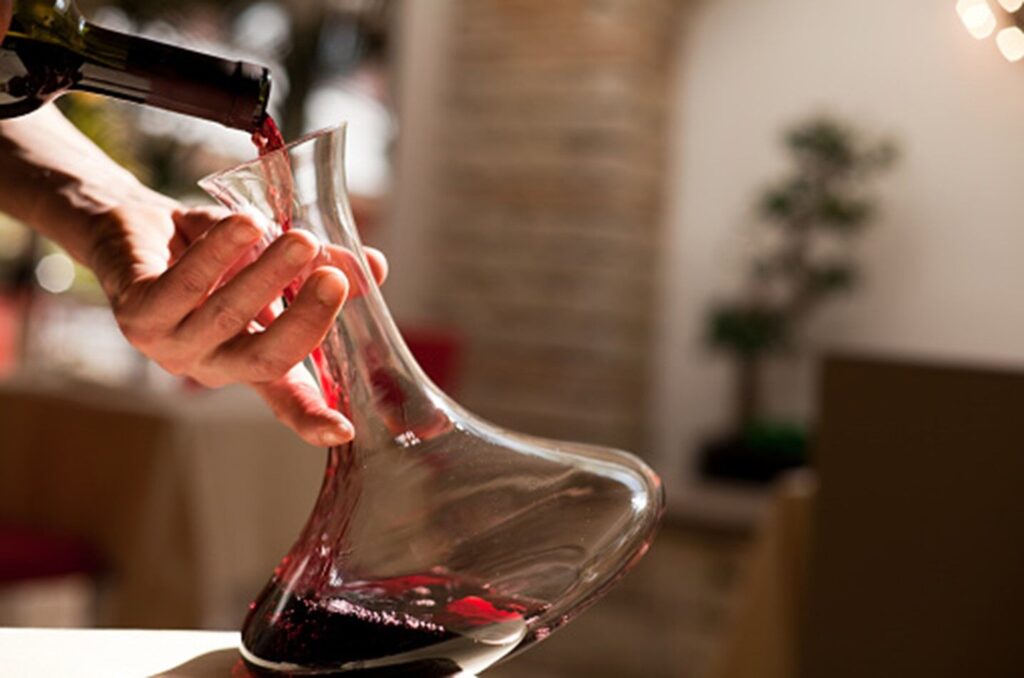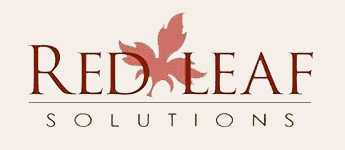Decanting vs. Aerating: Which Method Is Best for Enhancing the Wine?
Decanting vs. Aerating: Which Method Is Best for Enhancing Wine?
Opening a bottle of wine is about more than drinking it. It’s an art form and, for many, a passion. But an age-old debate among wine enthusiasts often leaves experts pondering the best option: Should you decant your wine or aerate it? Both methods aim to unlock the full potential of your wine by enhancing its flavors, aromas, and overall drinking experience. However, they aren’t interchangeable.
Decanting and aerating have distinct purposes and results, and knowing which method to choose can elevate your experience to the next level. Here, we’ll explain everything you need to know about decanting vs. aerating wine for our Castle Rock, Denver, and surrounding Colorado customers. Learn how to make the most of every bottle you open with a bit of help from Red Leaf Solutions!

What Is Decanting? What Is a Wine Decanter’s Purpose?
Decanting involves pouring wine from its bottle into a separate vessel (often a glass decanter or carafe, although wine decanters can also be made of stainless steel or crystal). This traditional process has been used for centuries. A wine decanter’s purpose is twofold: to remove sediment and allow the wine to breathe. Older wines, particularly red wines, can develop sediment at the bottom of the bottle over time. While harmless, sediment can affect the wine’s texture and clarity. Decanting separates the wine from this sediment, ensuring a smoother pour.
With their wide bases, decanters also expose the wine to oxygen. This controlled exposure allows the wine to “open up” by softening tannins and unlocking flavor nuances. Some wines, especially full-bodied reds like Cabernet Sauvignon or Syrah, benefit significantly from the decanting process. Decanting time can vary depending on the wine. For example, younger, bolder wines often need more time.
What Is Aerating? What Is a Wine Aerator’s Purpose?
Aerating is the process of enhancing a wine’s aromas and flavors by exposing it quickly to oxygen. Unlike decanting, which can take time, aerating is a faster method to prepare wine for immediate drinking. Aeration tools, such as handheld pourers, spouts, and electric wine aerators, speed up oxygenation. These gadgets are popular for their convenience and are often used at the moment of serving. However, not all wines benefit from aeration. Delicate wines like vintage Pinot Noirs might lose their subtle complexities with too much oxygen.
What Does a Wine Aerator Do? How Do You Aerate Wine?
How does a wine aerator work? Oxygen exposure reduces harsh aromas and flavors that may occur when you first open the bottle. Stirring or mixing (in some aerators) creates turbulence that further enhances oxygen dispersion throughout the wine. When selecting an aerator, we suggest looking for one that will be easy to use and maintain. Many are dishwasher-safe and have certain desirable features, such as sediment filters, multiple aeration holes, and drip-free spouts.
Key Differences Between Decanting and Aerating
While both methods involve exposing wine to oxygen, they work differently and cater to various wines. Decanting can take anywhere from 20 minutes to several hours, while aerating is immediate. A wine decanter’s purpose is to remove sediment and soften the tannins, while the purpose of a wine aerator is quick oxygenation. Aged or full-bodied reds benefit most from decanting, while young reds and budget-friendly wines benefit most from aerating. Decanting requires a vintage wine decanter or carafe, while aeration usually relies on modern handheld tools.
When Should You Decant and Aerate Wine?
Decanting is best for aged wines (10+ years), full-bodied reds (like Bordeaux, Malbec, or Barolo), bold whites (like oaked Chardonnays), and younger reds. Aerating is perfect for young red wines (under 5 years), affordable wines with tight flavors, and everyday whites. If your white wine is too cold to serve due to your climate control system, a decanter can help bring it to the perfect temperature.
If your white wine tastes flat, light aeration might help revitalize it. However, most light, crisp whites (such as Sauvignon Blanc or Pinot Grigio) are ready to drink straight from the bottle. Certain rich or aged whites, like vintage Rieslings, can benefit from brief decanting or slight aeration to enhance their balance and flavor depth. When in doubt, try smelling and tasting the wine first. If it seems muted or overly acidic, give it some air.
Which Method Is Best for Enhancing Your Wine?
Choosing between decanting and aerating isn’t a matter of right or wrong. It all depends on the type of wine, its age, and your preferences. How long are you willing to wait to drink it? Young, bold wines like Malbec or Syrah may benefit from both sediment removal and immediate oxygenation. In those instances, we suggest a wine decanter with an aerator combination. Decant the wine and pour it into glasses using a wine aerator for maximum effect.
Contact Red Leaf Solutions to Elevate Your Wine Experience
Understanding the difference between decanting and aerating can transform how you enjoy wine. Each method enhances the drinking experience in unique ways. Ultimately, the key is knowing your wine and choosing the method that aligns with its characteristics and your preferences. Red Leaf Solutions’ experts recommend starting a tasting journal to document how each method impacts your favorite bottles. Experimentation and discovery are part of the fun!
Want to master the art of wine preparation? Contact us today to request an in-home consultation for custom wine cellar design, racking systems, cooler services, and more. We serve homeowners across the state, including Castle Rock, Denver, Larkspur, Fort Collins, Greeley, Lakewood, Boulder, Colorado Springs, and Loveland. Let us help you find ways to enhance and elevate your wine experience. Cheers!
